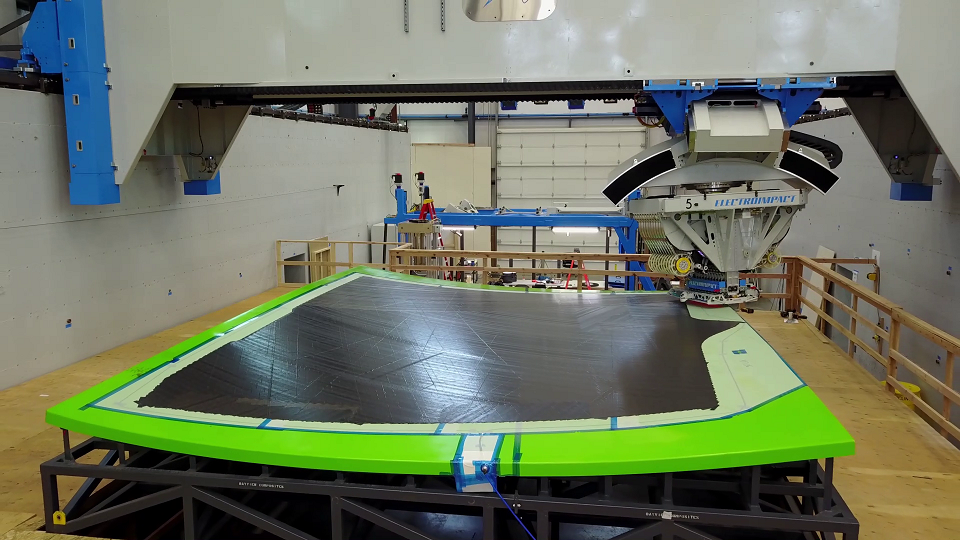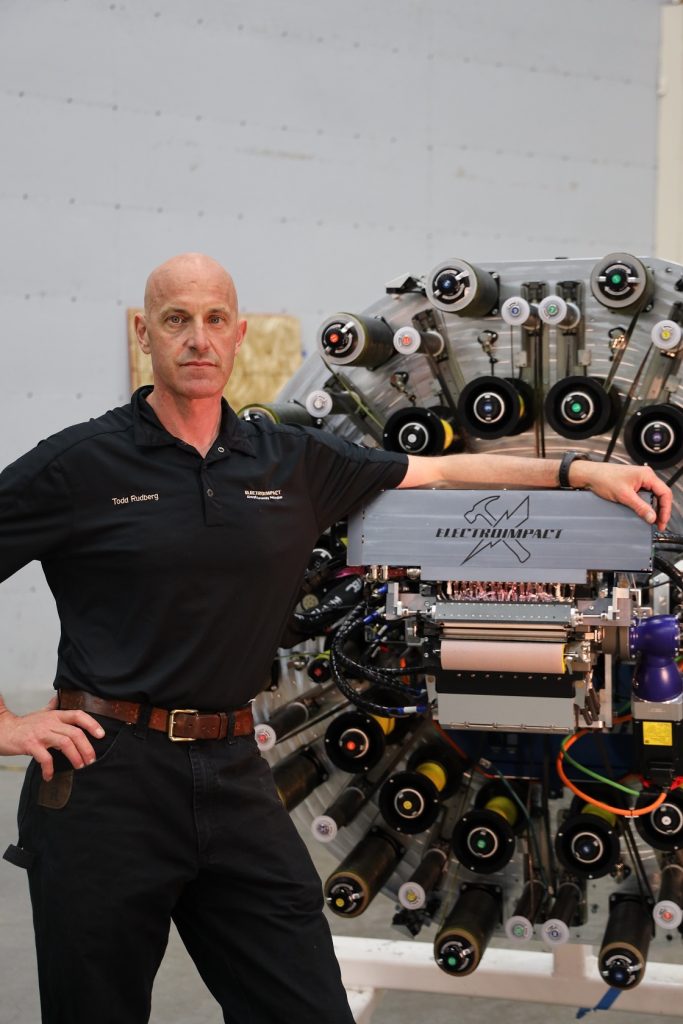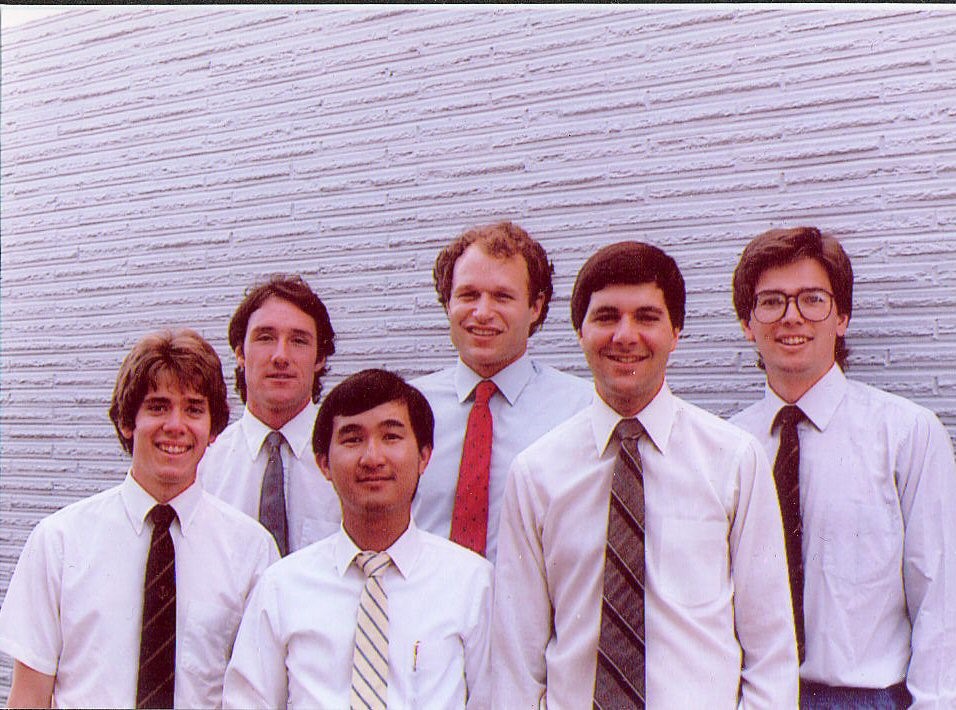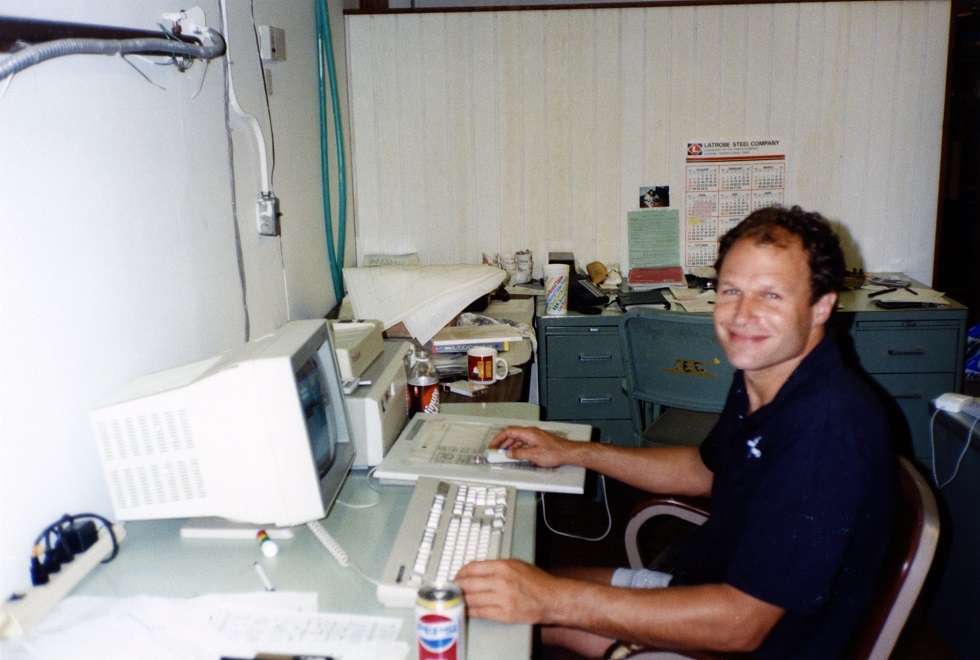By Michael Gold | Commentary
This article is about a leading edge, privately held company based in Mukilteo, Washington called ElectroImpact (EI). The company supplies production automation equipment to the aerospace industry.
Our economy was created by entrepreneurs who had an idea and followed it; motived by a passion for learning and accomplishment. This is the backbone of an entrepreneurial worldwide economic powerhouse, employing hundreds of millions and on which the great US economy is built. Just imagine what the economic impact of 500 or so well paid engineers who work at EI has contributed to the local economy.
A little perspective: There have been three distinct phases or eras of how businesses have been organized since the beginning of the Industrial Revolution. The first is called the “product” era. Someone designs a product (any product, does not matter) and finds someone else to sell it to. Often the product idea is hatched when the founder recognizes a need/opportunity they see in the marketplace. Then others hear about the product and contact the manufacturer based around the old adage, “Build a better mousetrap and the world will beat a path to your door.”
The second era is called the “sales” era. A manufacturer looks around and says, “Hey, I’ve built a better mousetrap; I’m going to hire a salesperson to go out and sell this product to others.” The third era is called the “marketing” era. It is based around this axiom: “Remember that the guy going into a hardware store to buy a 1/4″ drill really wants a 1/4” hole.”
In fact, this is identical to the founder in the “product” era, but it is when the company “institutionalizes” the process of searching for additional products or services to sell through a sales and marketing department. EI is clearly in the first era and functions well in that mode. They are successful because of high expertise and competence in their areas of development.
Nature of ElectroImpact: They are really a high-end job shop. Their projects are run as individual events, built upon the technology ElectroImpact has already developed or will develop for that job. Different than a volume manufacturer such as an auto plant where a production line runs continuously making the same product over and over. What is interesting is, for the most part, the stuff they build is designed by the customer.

For example, the composite wings for the Boeing 777X including the folding wing tips and the composite body for the 787 – were all designed by Boeing engineering. So it was the customer that figured out, given the nature of the composite materials – how to engineer the structure of these parts. All ElectroImpact had to do (not a small matter!) was figure out how to build a machine that would actually make those parts. On a tour of their facilities, I was impressed by the scale and preciseness of their machines and of all the automation aids (computer programs, CNC machines, etc.) they use.
They supply the machinery that allows the layout of large composite structures such as the fuselage of Boeing’s 787 Dreamliner, and the largest composite wing ever on the new 777X, scheduled for shipping in 2021. The expertise in the process of manufacturing such structures has been a significant growth area for the company.

Todd Rudberg, the man in charge of the composite programs says for their hires they look for passion in what their candidates do. That attribute is perhaps the most important requisite for being successful at just about anything one does.
The implementation of the production automation equipment is designed to be part of an entire series of steps and not just a singular work position.
ElectroImpact’s Founder: Founder Peter Zieve’s background has been well reported in the past. MIT undergraduate and Master’s degree in electrical engineering (and a degree in Environmental Science), PhD from University of Washington in Mechanical Engineering.

Universities, especially research-oriented ones like the University of Washington in the Pacific Northwest and M.I.T. in Cambridge, Massachusetts, are hotbeds of innovation. Because they get research grants in all kinds of areas that one might not think are directly related to the discipline, they can expand problem solving in a particular area.
As an example, one of the computer companies I
co-founded caused me to visit the Media Lab at M.I.T. Founded by Nicholas_Negroponte and established from their website: “Art, science, design, and technology build and play off one
another in an environment designed for collaboration and inspiration.” Now
remember this was back in 1985. I walked into this large atrium in the lobby of
the building and saw a bunch of balloons floating about. I learned they were
“smart balloons” and had been programmed to “learn about their environment,
then interact with it.” Not something one sees every day. But all the students,
graduate students and faculty get tremendous insights and learning by working
in such an environment.

Given Peter Zieve’s personality (all entrepreneurs actually) it was probably inevitable that he would follow his intellectual curiosity and wind up inventing the type of machinery ElectroImpact has done. Peter told me of an insight he had while at MIT – that ultimately led years later at UW to the formation of EI and the first major product, the low voltage electromagnetic riveting machine (LVER).
People like Peter are not typically motivated by just “getting a job.” Most simply get interested in something and as an intellectual pursuit, explore it to a logical conclusion. Peter was introduced to the technology and potential of electromagnetics by his MIT professor/mentor. From there, his interest led him on his way.
Money follows success. Invent something, figure out how to sell it and enhance it. Without thinking much about it, one develops a lifelong pursuit. Most of us “mere mortals” are concerned about being able to make a living and support a family (find our way in the world). Entrepreneurs don’t think like that. They are no different than a professional athlete mastering a great golf shot or learning to hit a major league fastball. Great entrepreneurs develop a “learning mentality or culture” in their companies, which creates success.

Back in the earliest days of emerging computer technologies, professors would routinely walk out of the school with the results of their research (paid for by a grant) and start a company to capitalize on that technology. Two of my own computer ventures were like that. Not anymore. The intellectual property developed at a research university is carefully monitored and controlled by the school.
Professors can still “use” their developments outside the school to commercialize it, but the school is well paid for the rights. Peter mentioned that as he was working at UW developing his machine, the school figured out that what he was doing had potential value so they asked him to sign the rights over to them. As the development was paid for by an outside company (Boeing as it happens), Peter refused and the rights remained with him. Otherwise, there might not have been an EI.
You can Google Peter Zieve and read about some controversial positions he has gone public about. You can agree or disagree with him, but most have nothing to do with what EI is about and how the company runs.
ElectroImpact’s model for success: Unlike most traditionally organized companies, ElectroImpact has a very flat and individual project orientation. There is no sales force or marketing department, which is almost unheard of in a high-tech company. A typical expenditure for sales/marketing in most tech companies is about 20% of the budget.

At EI an individual engineer is given the responsibility of working and managing the project from inception, through sale, design, development, delivery and training at the customer site. Their engineer employees love this structure, but it does place significant management responsibility on each engineer, which is not in that typical job description. To this observer, it appears to work well.
Related Articles
Author: Mario Lotmore










4 Responses
I can’t believe you highlight Zieve as a model entrepreneur. Unless hate, racism, racial discrimination and domestic violence is the traits you are trying to get others to model. Stating some of his past positions are “controversial” is completely misstating the facts. They should not be considered controversial by anyone. They are hateful, dangerous, unethical and illegal. Some of those “controversial” acts are explained below.
https://www.heraldnet.com/news/controversial-aerospace-exec-garners-attention-in-race/?fbclid=IwAR2klO_VO1uAfEZHemcJl52fHflznYNxjomaVFqjAIqen7m19U6JZ5TLjdo
Completely agree with prior comment- Shameful and irresponsible writing in this piece. “I can’t believe you highlight Zieve as a model entrepreneur. Unless hate, racism, racial discrimination and domestic violence is the traits you are trying to get others to model. Stating some of his past positions are “controversial” is completely misstating the facts. They should not be considered controversial by anyone. They are hateful, dangerous, unethical and illegal.”